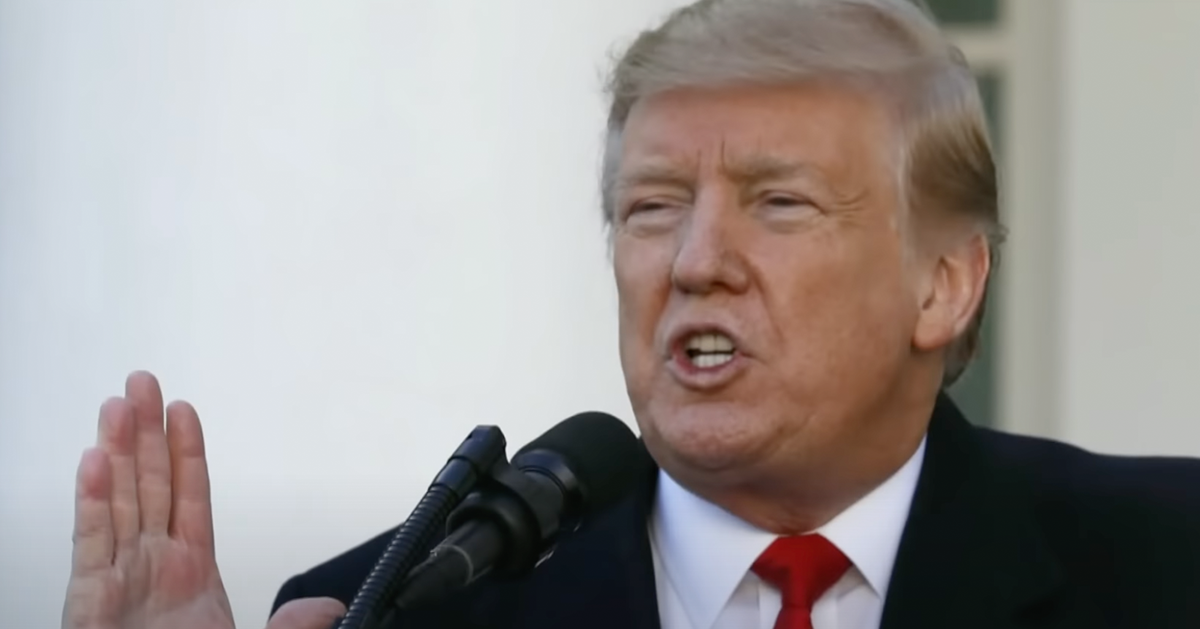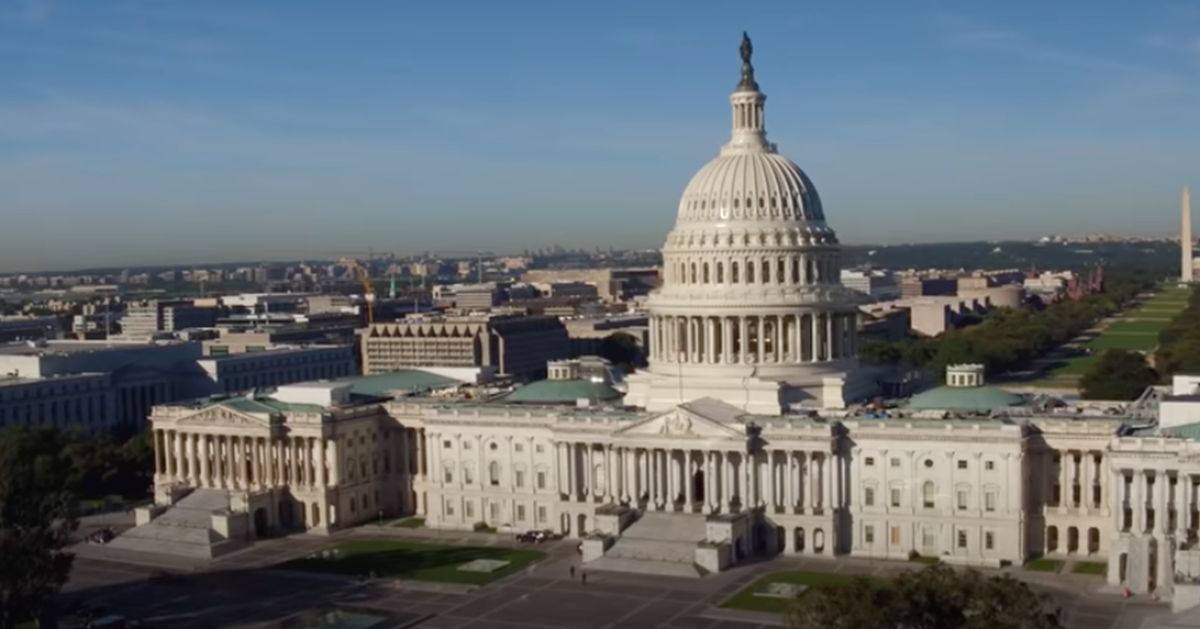Federal judge in Chicago weighing potential release of thousands of detained migrants
Could a single courtroom decision in Chicago unleash thousands of unauthorized migrants back onto the streets? That’s the staggering possibility as a federal judge weighs a ruling that could upend Immigration and Customs Enforcement (ICE) operations in the Windy City. This isn’t just a local story -- it’s a national flashpoint on border security and executive overreach.
A Biden-appointed judge, Jeffrey Cummings, of the U.S. District Court for the Northern District of Illinois, is mulling over a decision to release thousands of illegal immigrants detained by ICE, citing alleged violations of a 2022 legal agreement, as Breitbart reports.
Let’s rewind to 2022, when the Biden administration, after negotiations with the American Civil Liberties Union (ACLU), signed off on the Castañon Nava settlement -- a consent decree that put strict limits on how ICE can conduct warrantless arrests of criminal unauthorized migrants. The deal required ICE to verify a target’s status and assess flight risk before acting. It was supposed to be a safeguard, but now it’s the crux of a heated legal battle.
Judge Cummings Considers Sweeping Release Order
Fast forward to today, and activist lawyers are claiming ICE has thumbed its nose at the agreement during its “Operation Midway Blitz,” which netted thousands of detentions. They argue the agency has disregarded the rules, arresting individuals without proper justification. It’s a bold accusation, but is it a fair one when border security hangs in the balance?
Immigrant advocate Mark Fleming isn’t mincing words on the scale of the alleged violations. “Our initial analysis is that it’s over 3,000 arrests,” Fleming told ABC 7. “We’ve started to dig into the case file that they produced to us, and the vast majority are violations.”
Over 3,000 arrests in question? That’s a jaw-dropping number, but let’s pump the brakes -- allegations aren’t proof, and ICE isn’t exactly a rogue outfit ignoring the law for kicks. This claim smells like a progressive push to handcuff enforcement rather than fix a broken system.
Consent Decree Sparks Legal Showdown
Judge Cummings, however, seems inclined to act, reportedly stating he intends to provide “equitable relief” by ordering the Department of Homeland Security (DHS) to release any criminal already on ankle monitors or other court-ordered monitoring programs, according to WLS-TV. If this happens, it’s not just a slap on ICE’s wrist—it’s a full-blown rewrite of who gets to stay detained.
But DHS attorneys are pushing back hard, arguing that federal courts don’t have the power to force such releases. Their stance is clear: only the Secretary of Homeland Security, as authorized by Congress, can grant parole to detained individuals.
That’s a compelling point -- should a single judge really override a congressional mandate on something as critical as national security? It’s hard not to see this as judicial overreach dressed up as “equitable relief.” The separation of powers isn’t a suggestion; it’s the backbone of our system.
DHS Challenges Judicial Authority in Case
Let’s unpack this “equitable relief” idea a bit more. Cummings appears ready to let go of thousands who are already under monitoring, which sounds reasonable on paper -- until you remember these are individuals detained for a reason. Is releasing them truly the answer, or just a feel-good gesture that risks public safety?
The consent decree itself, while well-intentioned, seems to have turned into a legal straitjacket for ICE. The agency agreed to strict protocols in 2022, but activist claims of widespread violations suggest either gross incompetence or an impossible standard. Which is it -- bad faith on the part of ICE, or a setup by critics who want enforcement neutered?
DHS’s legal team isn’t backing down, and their argument cuts to the core of governmental authority. If courts start dictating who gets released, what’s next -- judges running border policy from the bench? That’s a slippery slope no conservative, or frankly any American, should be comfortable with.
Balancing Security with Legal Limitations
At the heart of this mess is a fundamental tension: how do we enforce immigration laws without trampling on agreed-upon protections? The Castañon Nava settlement was meant to strike that balance, but if over 3,000 arrests are indeed improper, something’s gone off the rails. Still, mass releases feel like using a sledgehammer to crack a walnut.
Chicago’s courtroom drama could set a precedent that ripples across the nation, either emboldening ICE critics or reinforcing the agency’s mission.
For now, all eyes are on Judge Cummings and whether he’ll prioritize legal technicalities over the broader implications for border control. It’s a tightrope walk, and the stakes couldn’t be higher.






